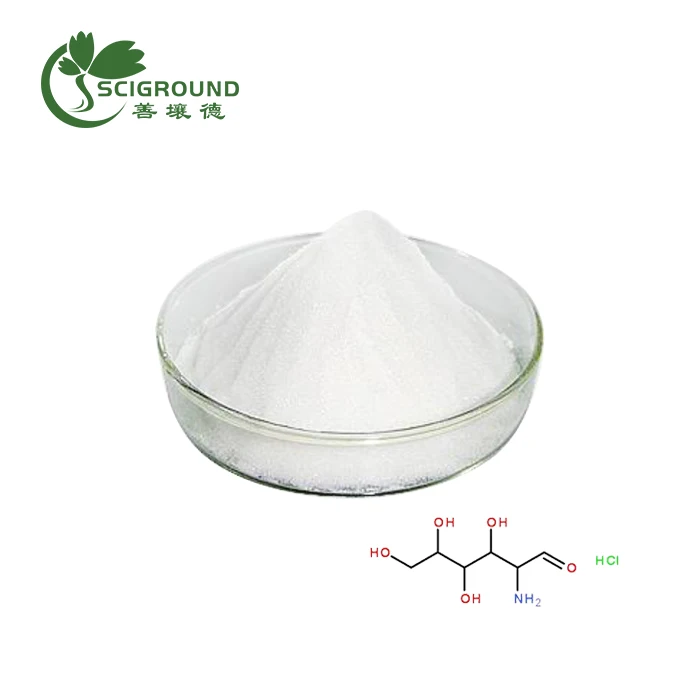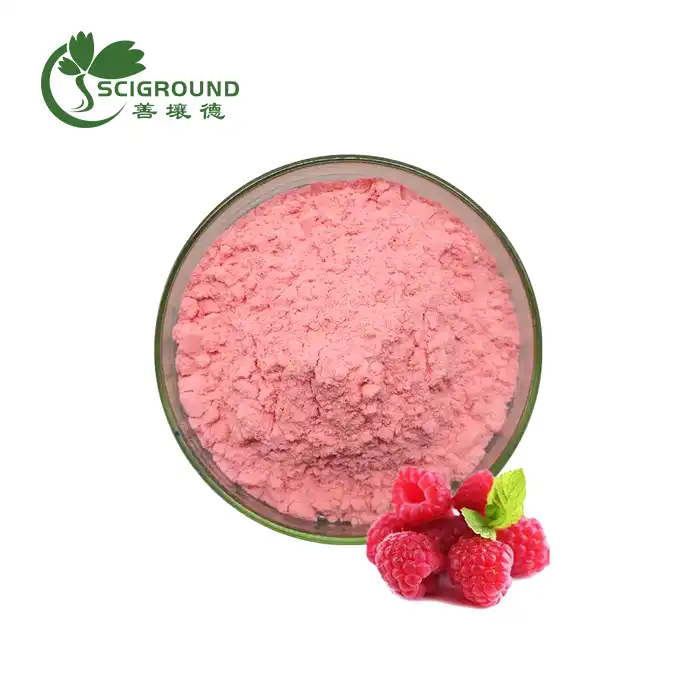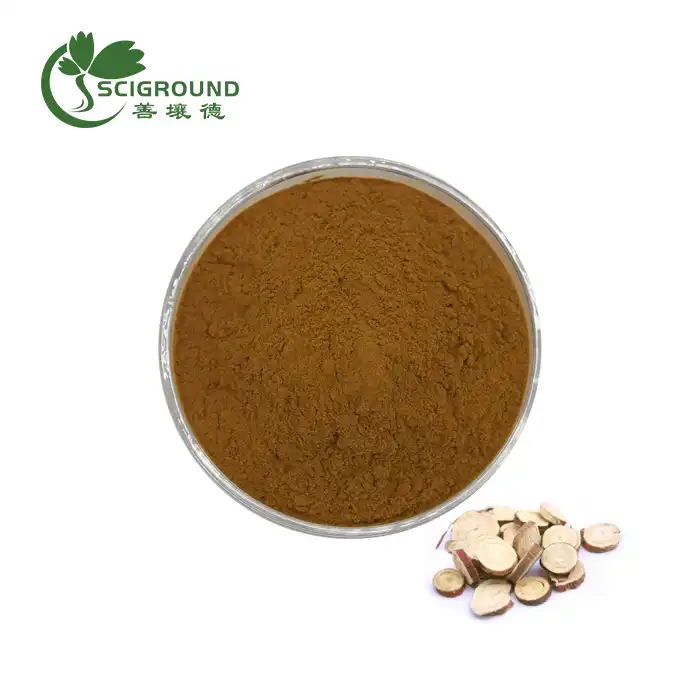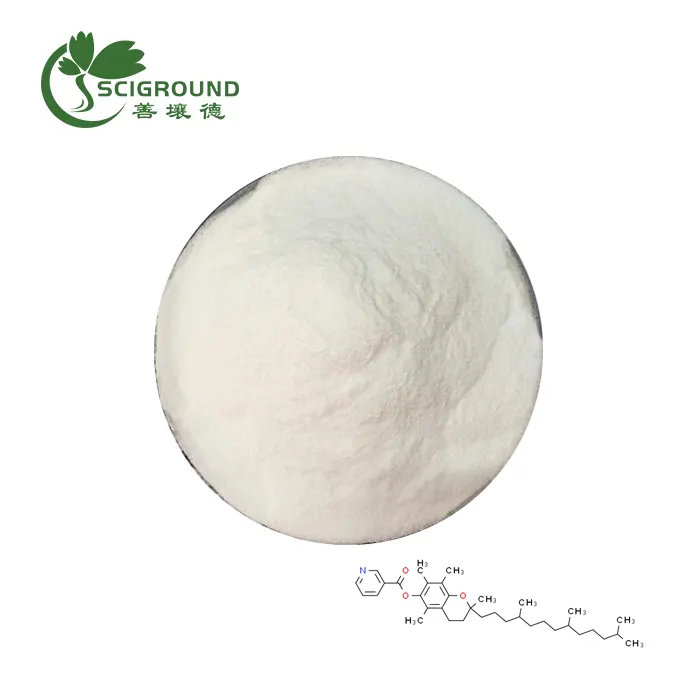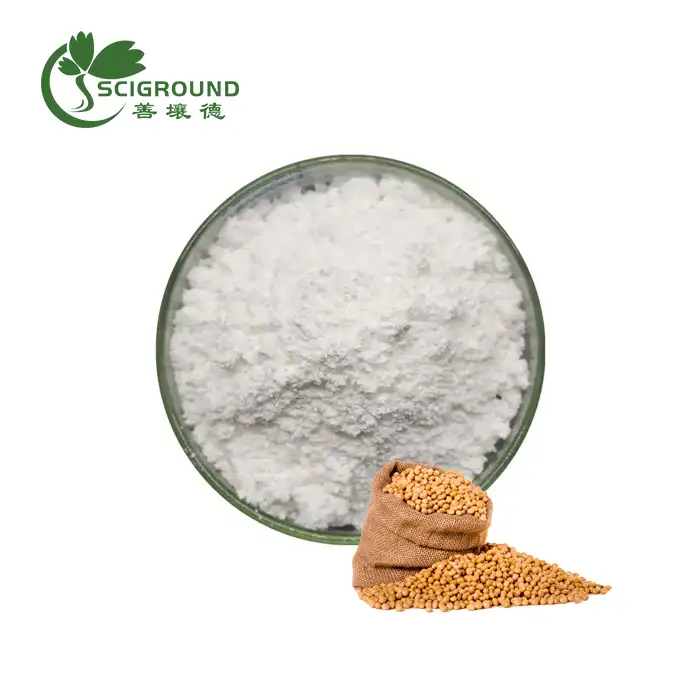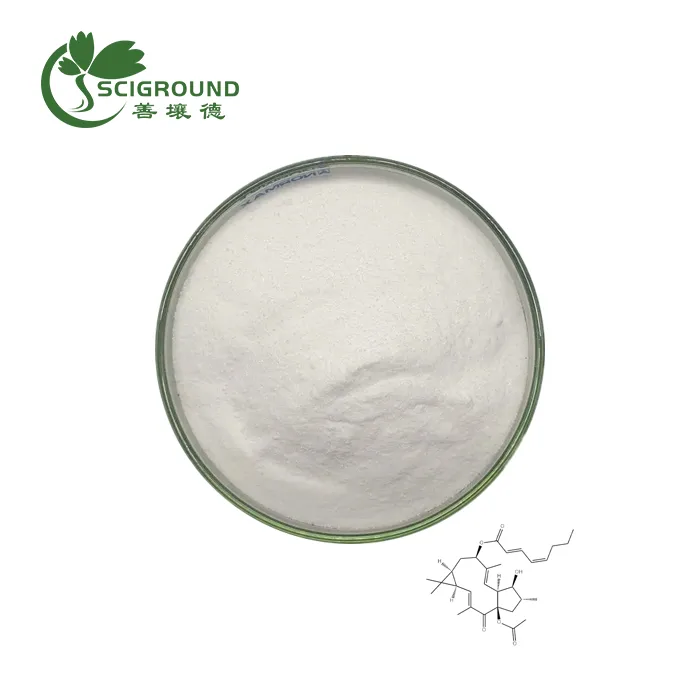What does artemisinin do to the body?
Artemisinin, a compound derived from the sweet wormwood plant (Artemisia annua), has garnered significant attention in the medical community for its diverse therapeutic potential. This natural substance, traditionally used in Chinese medicine, has demonstrated remarkable effects on the human body, particularly in combating malaria and showing promise in various other applications. Let's delve into the fascinating world of artemisinin and explore its impact on our physiology.
What is artemisinin mainly used for?
Artemisinin's primary claim to fame lies in its potent antimalarial properties. As a front-line treatment for malaria, artemisinin and its derivatives have revolutionized the approach to combating this life-threatening disease. The compound's unique mechanism of action involves generating free radicals within the parasite, effectively destroying it from within.
Beyond its antimalarial prowess, artemisinin has shown potential in treating other parasitic infections. Research indicates its efficacy against schistosomiasis, a debilitating tropical disease caused by parasitic worms. This versatility in targeting different parasites highlights artemisinin's broad-spectrum antiparasitic activity.
In recent years, the scientific community has turned its attention to artemisinin's potential anticancer properties. Preliminary studies have demonstrated promising results in various cancer types, including colorectal, melanoma, lung, and cervical cancers. The compound appears to selectively target cancer cells while sparing healthy ones, a characteristic that makes it an intriguing candidate for cancer therapy.
Artemisinin's mechanism of action in cancer cells is thought to be similar to its effect on malaria parasites. The compound interacts with iron, which is typically more abundant in cancer cells, leading to the generation of free radicals that can induce cell death. This unique approach to targeting cancer cells has sparked interest in developing artemisinin-based cancer treatments.
Is artemisinin hard on the liver?
The safety profile of artemisinin, particularly concerning its impact on liver function, is a crucial aspect to consider. While artemisinin and its derivatives are generally well-tolerated, there have been reports of liver-related side effects in some cases.
Artemisinin derivatives have been associated with a low incidence of serum aminotransferase elevations, typically occurring in 1% to 4% of patients. These elevations are usually mild to moderate and often resolve spontaneously, even with continued treatment. In most clinical studies, the rate of liver enzyme elevations in patients taking artemisinin-based therapies was comparable to those on alternative treatments.
However, it's important to note that there have been isolated reports of more severe liver reactions. These cases of idiosyncratic acute liver injury are rare but have raised concerns among medical professionals. The onset of such injuries typically occurs within days to weeks of starting artemisinin therapy, and the pattern of liver enzyme elevations is usually hepatocellular.
Interestingly, many of the severe cases of liver injury occurred in patients who were concurrently taking other antimalarial agents, some of which are known to have hepatotoxic potential. This complicates the interpretation of these cases and makes it challenging to attribute the liver injury solely to artemisinin.
It's worth noting that clinically apparent liver injury due to artemisinin derivatives is extremely rare. Large clinical trials of malaria treatment have not reported significant hepatotoxicity. Most published reports of artemisinin-related liver toxicity have been linked to the use of herbal supplements containing artemisinin or extended treatment periods.
Is artemisinin anti inflammatory?
Artemisinin's potential as an anti-inflammatory agent has been a subject of growing interest in recent years. Research has demonstrated that artemisinin and its derivatives (ARTs) possess significant anti-inflammatory and immunoregulatory properties, expanding their potential applications beyond antimalarial therapy.
The anti-inflammatory effects of artemisinin are believed to stem from its ability to modulate various inflammatory pathways. Studies have shown that artemisinin can inhibit the production of pro-inflammatory cytokines, such as tumor necrosis factor-alpha (TNF-α) and interleukin-6 (IL-6). Additionally, it has been observed to reduce the activation of nuclear factor kappa B (NF-κB), a key regulator of inflammatory responses.
Artemisinin's anti-inflammatory properties have led to investigations into its potential use in treating autoimmune and inflammatory diseases. Preliminary studies have shown promising results in conditions such as rheumatoid arthritis, systemic lupus erythematosus, and inflammatory bowel diseases. The compound's ability to modulate the immune response without causing significant immunosuppression makes it an attractive candidate for these applications.
Furthermore, the antioxidant properties of artemisinin contribute to its anti-inflammatory effects. By scavenging free radicals and reducing oxidative stress, artemisinin helps mitigate tissue damage associated with chronic inflammation. This dual action of anti-inflammatory and antioxidant effects positions artemisinin as a potentially valuable therapeutic agent in managing various inflammatory conditions.
It's important to note that while the anti-inflammatory properties of artemisinin are promising, more extensive clinical research is needed to fully understand its efficacy and safety profile in treating inflammatory diseases. The current body of evidence, however, suggests that artemisinin and its derivatives may offer a novel approach to managing inflammation with a potentially favorable safety profile.
Conclusion
Artemisinin, with its diverse pharmacological properties, continues to intrigue researchers and clinicians alike. Its primary role as an antimalarial agent has been well-established, but its potential extends far beyond this application. From its promising anticancer properties to its anti-inflammatory and immunomodulatory effects, artemisinin presents a wealth of therapeutic possibilities.
While concerns about potential liver toxicity exist, the overall safety profile of artemisinin appears favorable, particularly when used as intended for malaria treatment. As research progresses, we may see artemisinin and its derivatives playing increasingly important roles in treating a variety of conditions, from chronic inflammatory diseases to certain types of cancer.
As with any medical treatment, it's crucial to use artemisinin under proper medical supervision. The ongoing research into this remarkable compound continues to unveil new insights into its mechanisms of action and potential applications, promising exciting developments in the field of medicine.
References:
- World Health Organization. (2021). Guidelines for malaria vector control.
- Krishna, S., et al. (2008). Artemisinins: mechanisms of action and potential for resistance. Drug Resistance Updates, 11(4-5), 98-111.
- Efferth, T. (2017). From ancient herb to modern drug: Artemisia annua and artemisinin for cancer therapy. Seminars in Cancer Biology, 46, 65-83.
- Ho, W. E., et al. (2014). Artemisinins: Pharmacological actions beyond anti-malarial. Pharmacology & Therapeutics, 142(1), 126-139.
- Jiang, W., et al. (2018). Artemisinin and its derivatives as a repurposing anticancer agent: What else do we need to do? Molecules, 23(6), 1440.
- Li, Y. (2012). Qinghaosu (artemisinin): Chemistry and pharmacology. Acta Pharmacologica Sinica, 33(9), 1141-1146.
If you're interested in learning more about artemisinin and its potential applications, or if you have any questions about our artemisinin products, please don't hesitate to reach out to us at info@scigroundbio.com. Our team of experts is always ready to assist you with the latest information and high-quality artemisinin products.
Related Industry Knowledge
- What is aloe vera leaf extract used for?
- What is Maca Root Extract
- Is BCAA good for females?
- what does capsaicin do
- How long does curcumin stay in your system
- Dihydromyricetin vs Myricetin
- Mulberry Leaves Extract Powder: A Superfood for Your Health
- Niacinamide B3 Powder: Benefits and Considerations
- Exploring the Science Behind L-Ornithine as a Supplement
- Is Euphoscopin B safe?
